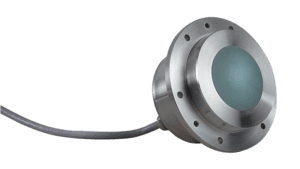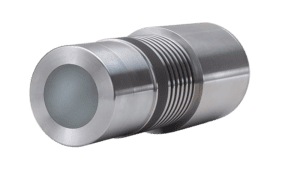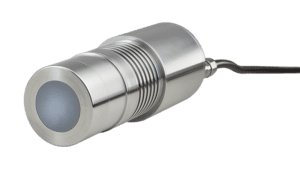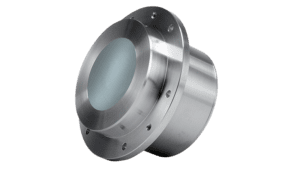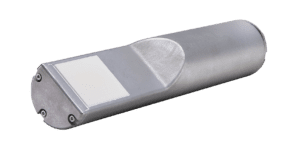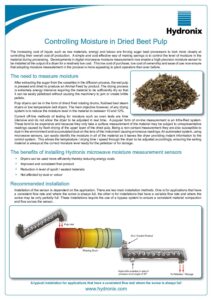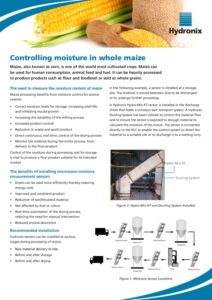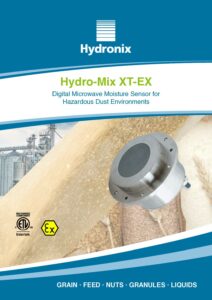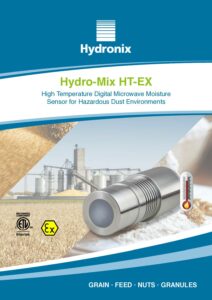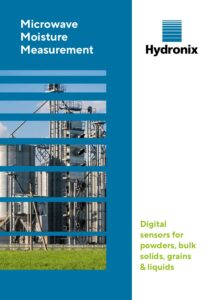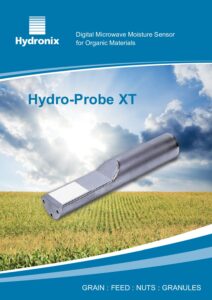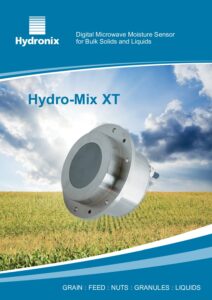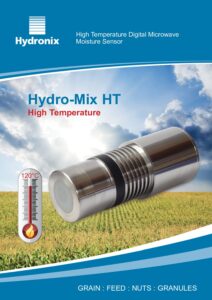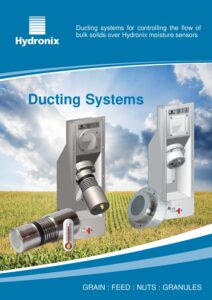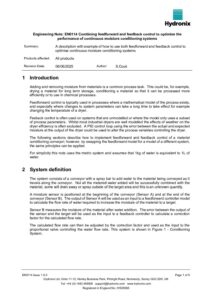Animal Feed
Moisture measurement is a critical element when producing animal feed. It avoids weighing discrepancies or under/over-drying, enables the production of perfect pellets with the correct protein ratio and ensures long shelf-life without yield loss.
Typical Applications
Typical Materials
- Wheat
- Corn
- Other process by-products e.g. meals
- Agricultural material
Related Products
Key Benefits
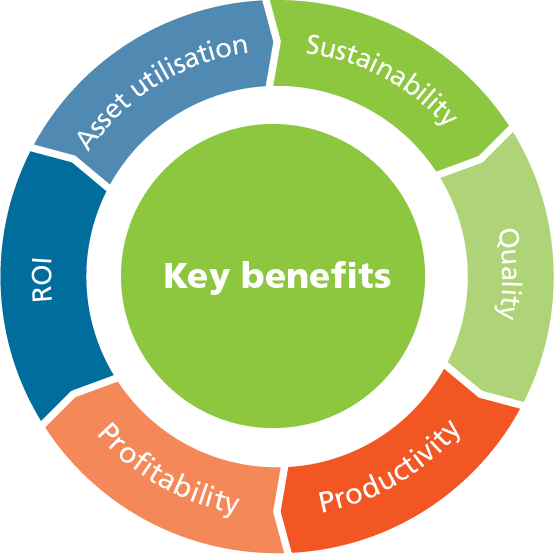
Asset Utilisation
- Increase overall equipment effectiveness
- Reduce unplanned downtime
Sustainability
- Lower carbon footprint
- Save energy
Quality
- Less waste
- Consistent final products
Productivity
- Increase production yield through efficient use of material
- Online instant monitoring eliminates manual testing
Profitability
- Reduce waste and energy
- Automate processes
Return On Investment
- Average ROI in 3 months
- No need for expensive ongoing maintenance contracts
Related Videos
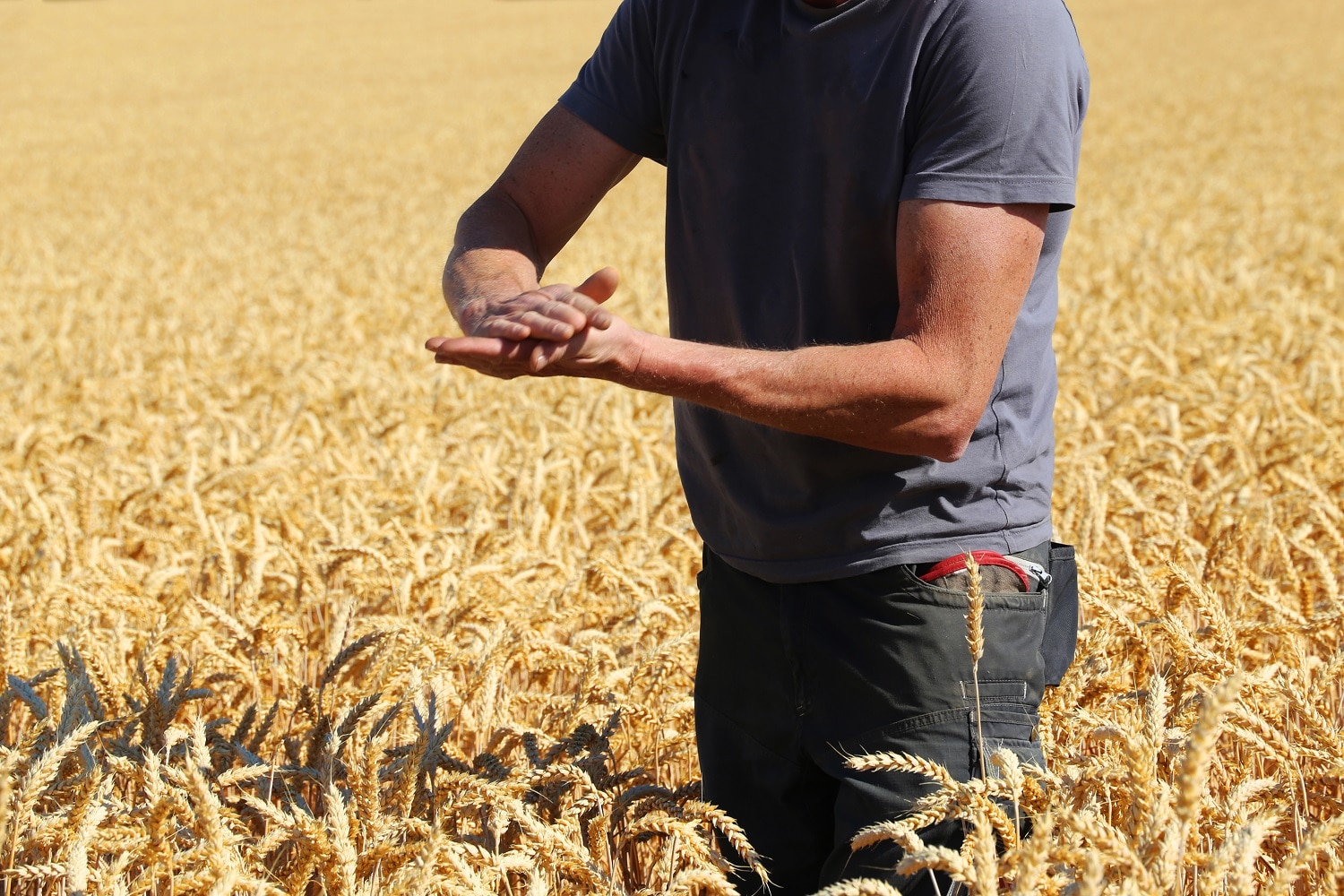
Why Should I Care about Moisture?
Edited 14 February 2024 Benefits of Measuring Moisture in Grain Processing Recent advances in moisture measurement technology are enabling forward-thinking businesses to achieve better control of their grain processing operations,…
Read more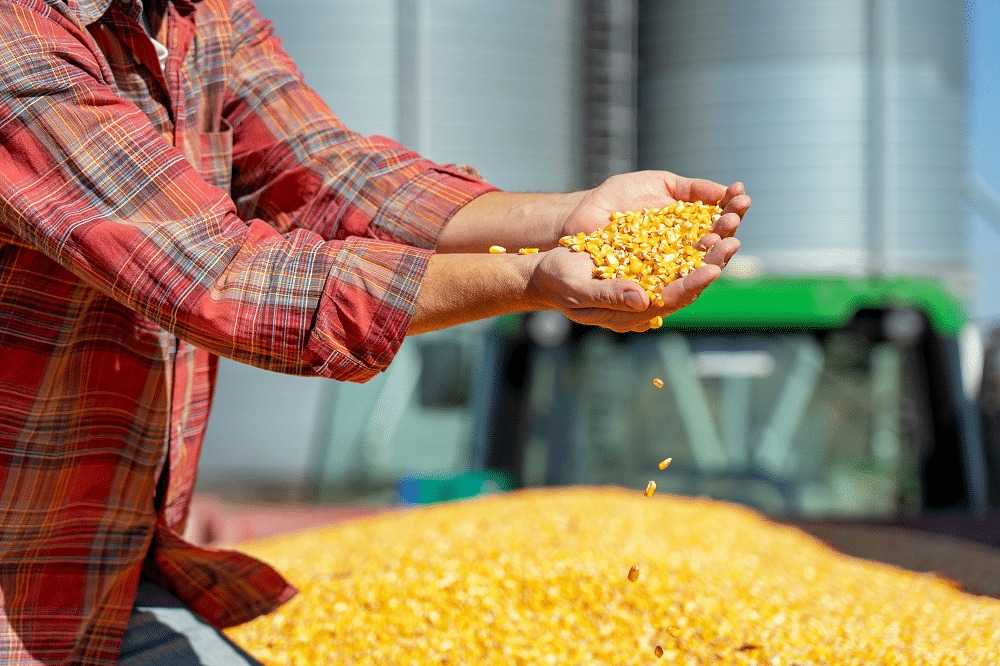
Moisture Measurement Benefit in Feed and Grain
Feed and grain producers will be familiar with the benefits of being able to control moisture during the various stages of the production process. Monitoring the moisture in the raw…
Read more